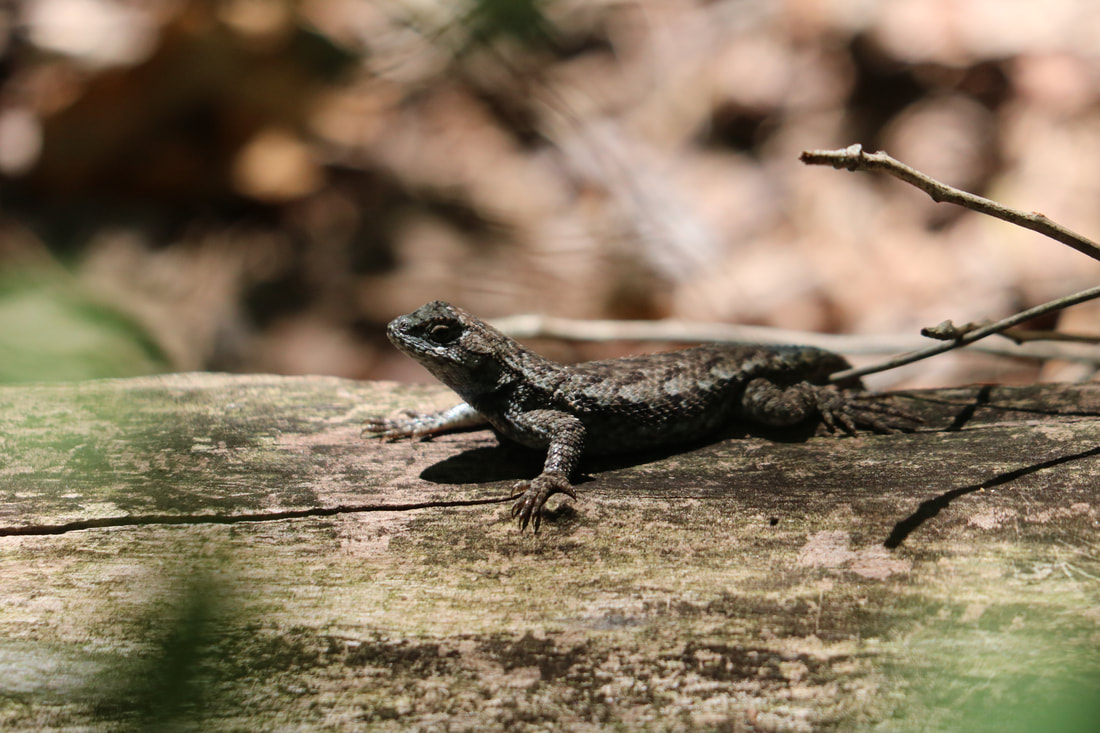I stand in a patch of moonlight opened by the fall of a live oak that grew in the too soft soil of the island. The moon is pale in comparison to its cousin the sun, so the opening is bathed in shadowy half-light.
Human eyes adjust remarkably well to this pale luminescence. My trained eye picks out the individual branches of the live oaks and red maples; even the Spanish moss draped over the branches is revealed in the moonlight.
Night vision is clear but fades to shades of gray, like a black and white photograph. The night world is one of sharpness and clarity, but without color.
Beyond the island stretches the water and cypress world of Okefenokee swamp. Maps tell me that this water world has boundaries, but my senses tell a different story. My eyes and ears tell me that I could get in a canoe and travel forever, and at the end of that journey the swamp would go on.
In early March the cypress are already green with new growth. The maples are in bloom with their particular red flowers and the light barely penetrates to the water. American poet James Weldon Johnson used a land much like this as an analogy for the darkness present before the creation of the sun. He referred to that time as “…blacker than a hundred midnights down in a cypress swamp.”
Out on the swamp no movement is discernable. No bull gators bellow their amorous intentions this late in the spring. No heron is spooked from its roost with such hoarse squawking to make me believe that the ghosts of nearby Billy’s Island have come to life.
I step back from the clearing, keenly aware of the incomparable alertness of the nighttime creatures. The wondering raccoon needs no flashlight to find the remnants of our evening meal. The owls in the treetop have seen and heard our small party before we even think of looking for them. How many times have I cursed a missing tent stake, despite my good night vision, only to find it beside my tent in the morning, not four inches from the wooden stake I cut from my firewood as a substitute? An owl has no trouble seeing the mouse it searches out for dinner. A fox has no trouble following the trail of a bob white or a rabbit. Humans alone seem limited in their sensory abilities at this time of day.
The sense that I most associate with nighttime though is hearing. The crickets chirp, the tree frogs trill and the pig frogs grunt. I cup my hands beside my open mouth and softly hoot into the darkness. So my mentor did before me and so his before him. With a low call at first, I imitate the eight syllable call of the barred owl. As I increase the volume, an owl answers in the distance, and then another. The woods are home to a nesting pair, defending their territory from me, the intruder.
Owls are made that way. They will not tolerate any strangers wandering into their territory. The island has just enough mice, voles, and cotton rats to support them and one year’s progeny. The hoot of an intruder is a query of a traveler looking for a home. The answer is the equivalent of “scram.”
Later that night I awaken. Something has stirred the owls in the 3:00 AM darkness. Always vigilant, the pair defends their island home.

 RSS Feed
RSS Feed